Posted by June Underwood on December 12th, 2008
On Monday, I painted two plein aire oils from the uppermost level of a parking garage. On Tuesday I attended a crit session with some other painters that I meet with regularly. OF course, I showed them the paintings.
I managed to remember to photograph the first painting twice — once as it emerged from the garage session, and then again after I had been through the critique and had tweaked it in the studio. I didn’t do a lot to this painting in my second go-round, but when I finished I was concerned about the loss of some of the “naive” quality of the red building. Here are images of the two versions:
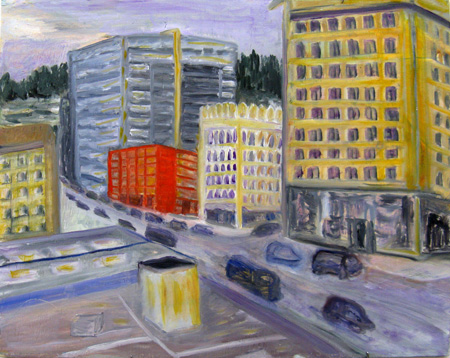
Library Parking Garage, View South (first draft) 12 x 16, oil on board more… »
Posted by June Underwood on November 16th, 2008
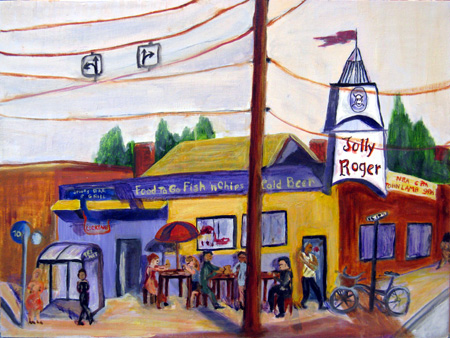
The Jolly Roger Bar, 12th and Madison. Oil on board, 12 x 16″
As you know, I’ve been painting around Portland, here and there, returning often to sites to note what else is there, what I may have missed, what more is available for turning into paint.
These paintings have a certain “feel” to them — a style that fits with the record of my visits. I work on-site and then tweak and fiddle in the studio. I also find myself making larger, stranger, studio-begot contributions to the sets of pieces.
more… »
Posted by June Underwood on October 31st, 2008
I am continuing to re- and re-read Schmid’s chapter on edges, because I’m not sure I have a decently full grasp of what he’s saying.
The book is Alla Prima: Everything I Know About Painting by Richard Schmid ($50 USD in soft cover from him; more from Amazon and more in hard cover).
Schmid begins his chapter by saying “Think about edges the way you would think about kissing someone…. Think of edges as exquisite subtleties, as the means to transmit romance, as ways to make your dabs or paint whisper or shout and reach nuances beyond the range of color. Think of them as visual poetry… but especially think of edges as you would the agents of expression in music….pianissimo (very soft), andante (flowing), allegro vivace (fast and lively), maestoso (majestic), fortissimo con sforzando (whamo!).
more… »
Posted by Steve Durbin on August 3rd, 2008
June wrote recently about the story we tell of our personal history in art. On a smaller scale, there’s the story of a particular idea or even a single piece. There may not be a coherent tale in most cases, but it happens that there is (or I think there is) in the case of several photographs I made a few days ago.
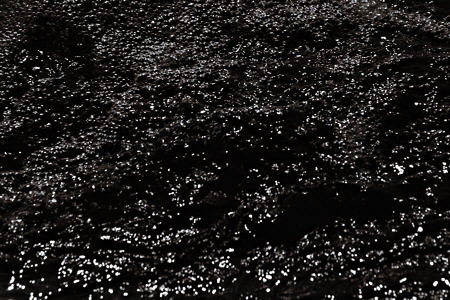
more… »
Posted by Steve Durbin on July 22nd, 2008
An ideal blog post should be a nutritious snack like a granola bar: a little filling but not too heavy, containing a few sweet nuggets, and hopefully good for you. Well, you know how there’s usually a little spilled flour, a sticky spot of honey, and a few escaped raisins lying around after a cooking stint? And possibly a few items from earlier efforts? Welcome to my clean-up post.
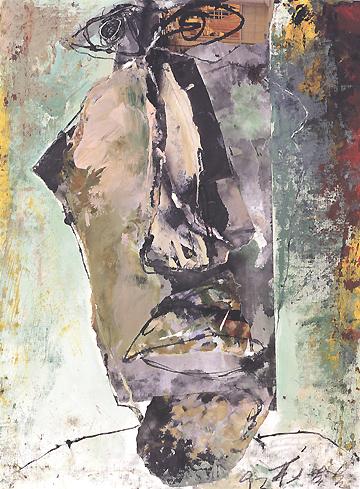
One stray ingredient is one I deliberately left out of last week’s post on some modern Chinese abstract artists, for reasons of space and time. But Che Chuang’s painting of a head, shown above, struck a real chord with me. It reminded me strongly of two heads of my own that have appeared in these pages. The level of abstraction, original color, and even shape are not so very different.
more… »
Posted by Steve Durbin on July 15th, 2008
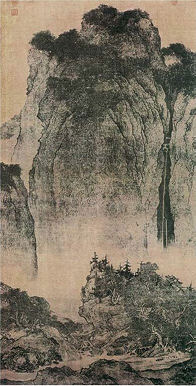 My ongoing look into Japanese and Chinese painting has turned up a few new/old ideas, and blown me away with some new discoveries. It’s becoming quite clear why I felt attracted to it; these are themes I’ve written on before in the context of my own photography (e.g. here and here).
My ongoing look into Japanese and Chinese painting has turned up a few new/old ideas, and blown me away with some new discoveries. It’s becoming quite clear why I felt attracted to it; these are themes I’ve written on before in the context of my own photography (e.g. here and here).
The first idea is about the level of abstraction frequently present. Many of those mountains and rivers seem as much about shapes and textures as about landscape, more evocative than representational. Sometimes there’s an interesting mix of broad abstraction and realistic detail, as in the thousand-year-old Travelers amid Mountains and Streams by Fan Kuan, shown at left.
A second realization is that, like similar works at different times, this one by Fan Kuan smacks of the sublime. This is evident in the language used to describe it by historian Patricia Ebrey (Cambridge Illustrated History of China, or Wikipedia):
Jutting boulders, tough scrub trees, a mule train on the road, and a temple in the forest on the cliff are all vividly depicted. There is a suitable break between the foreground and the towering central peak behind, which is treated as if it were a backdrop, suspended and fitted into a slot behind the foreground. There are human figures in this scene, but it is easy to imagine them overpowered by the magnitude and mystery of their surroundings.
more… »
Posted by June Underwood on May 16th, 2008
You must forgive me if my language about SE McLoughlin Boulevard is a bit crude. I refer to the Boulevard, actually a long strip of sleazy or derelict buildings, warehouses, and defunct businesses, as “the armpit of Portland.” It is fairly unsightly and often smelly.
McLoughlin Boulevard was originally US Route 99E, part of the major north-south Pacific Highway through Oregon’s Willamette Valley to California. US Route 99E had its heyday just after WWII until it was eclipsed by Interstate 5, finished in 1966. Thereafter, the Boulevard, demoted into Oregon Route 99E, declined as Portland grew. The decomposition of the Boulevard, helped along by the curbing of the highway which restricted access to businesses, was accompanied by its enclosure by warehouses and industrial compounds, all gone slightly to seed. The farmland and residences that had been behind its initial length of business ventures got pretty much decimated over the years by other kinds of cheaply built warehouses and small factories.
I first learned about McLoughlin Boulevard because, when we moved to Portland 18 years ago, the Pendleton Mill End fabric store was located along it. I would take the bus to the Mill End store; to return home, I had to cross 8 lanes of heartless traffic and wait for the return bus in front of The Odysseus, a saloon and strip joint. I avoided looking at the patrons — and they avoided looking at me!
It was that kind of street — an American urban highway that makes used car lots look good.
Still, however sleezy the street has become, it still speaks to my love of urban archeology and history. Jer and I have been investigating the Springwater Corridor bicycle/pedestrian trail that has a new bridge over SE McLoughlin. The Trail runs along Johnson Creek, a major urban creek wont to flood in the wet season and stink in the dry. But between the creek and the biking trail, there is a pretty wondrous set of scenes through the Portland cityscape, including McLoughlin Boulevard.
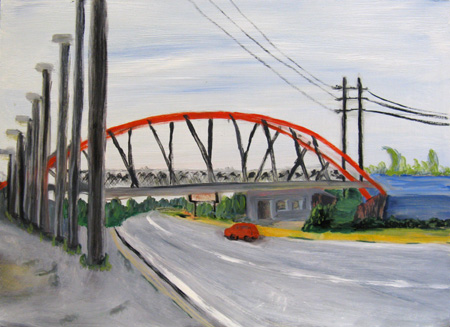 Springwater Trail over McLouglin, Oil on board, 18 x 24″
Springwater Trail over McLouglin, Oil on board, 18 x 24″
more… »




 My
My  Springwater Trail over McLouglin, Oil on board, 18 x 24″
Springwater Trail over McLouglin, Oil on board, 18 x 24″